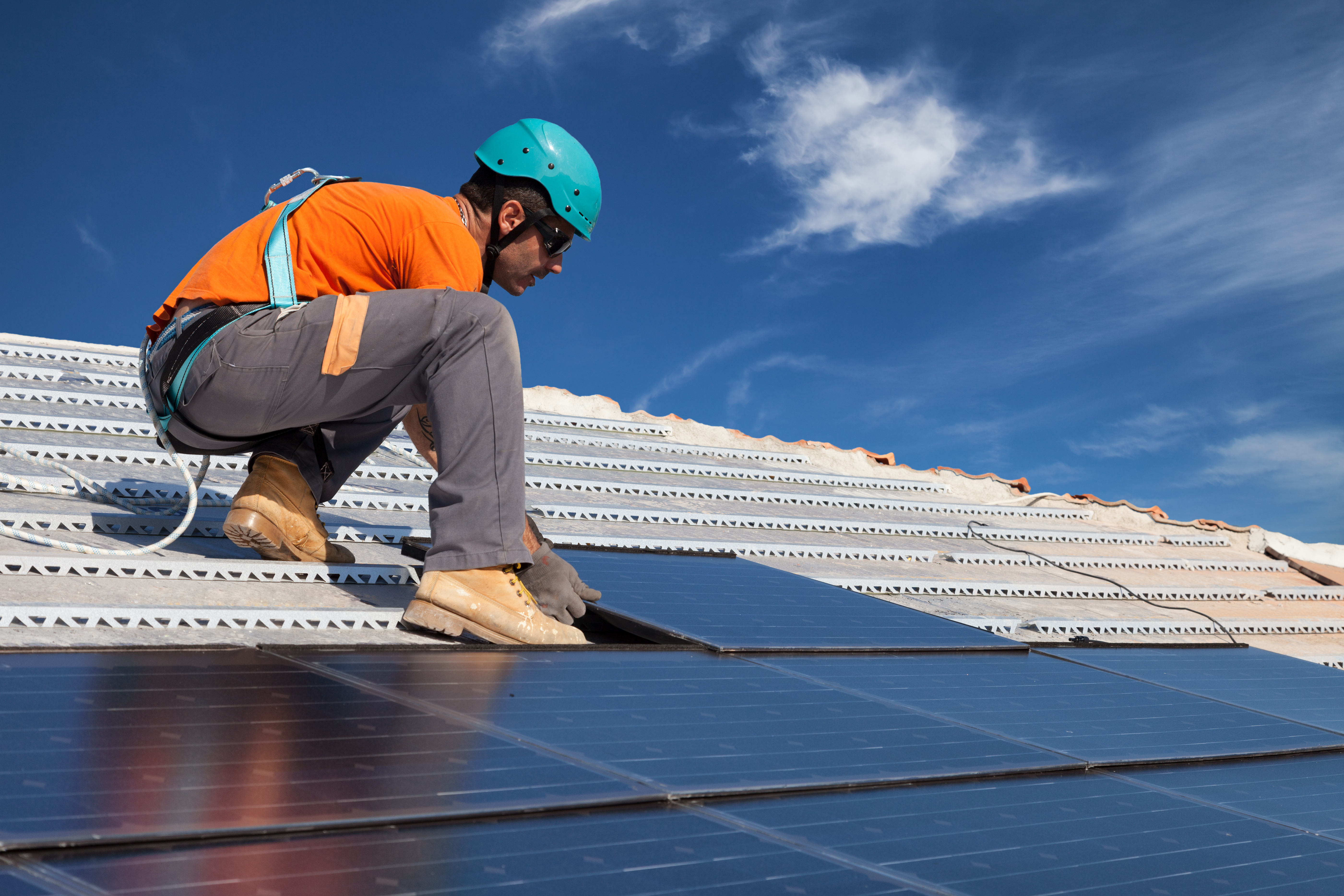
Here is another case study, this time emphasizing the really high cost of leasing. The Wall Street Journal has an article in the 8/4 print edition: Solar-Power Fight Hits Home in Arizona/ New rules to require solar companies to tell potential customers how much systems will cost over the lifetime of their contracts.
Car dealers and bank loan officers, please sit down.
Apparently home solar installers are all up in arms because Arizona now requires them to tell customers how much they’re going to pay over the term of the contract. Yes, you lenders who have to deal with truth-in-lending laws that have been around since, oh, before you were born can now chuckle.
Typical roof-top solar contracts run for 20 years and have built-in annual price increases. When told the total of what they will pay, many customers choose to buy the system instead of pay an extra fortune over two decades.
Typical terms according to the article for an average system:
- $17,300 – cost to install average system
- 30% – federal subsidies from taxpayers like you and me
- 20 years – term
- $93 – starting price for monthly payments
- 2.9% – annual increase
- ~$30,000 – total payments over term
I did a rough calc on that set of data. Upfront costs are $12,110, net of the $5,190 transfer from other taxpayers. Total payments are $29,684.
The internal rate of return for that payment stream is 9.42%. Have the installer finance your deal on a lease and you will be paying 9.42% for 20 years.
In contrast, the WSJ shows 15 year fixed rates are 3.02% today with 30 year fixed at 3.85%. That lease will cost you 9% instead of 3%, or three times the interest as if you borrowed the money from your bank.
I redid my calculations. A starting payment of $53 per month would produce a 3.1% IRR. So a market rate for long-term financing would cost $53 a month instead of $93. That extra $40 a month adds up to an extra $12,767 over the contract term. Um, that is more than it cost to install the system.
No wonder installers don’t want to tell their potential customers the full story. Would you want to?
Entertaining story at end of the article is a homeowner who paid $800 a year more for electricity after he had rooftop solar installed. The installer said it was all the customer’s fault since he used more electricity. WSJ research with the utility proved that was a false claim.
The installer refunded $1,800. They got away easy.